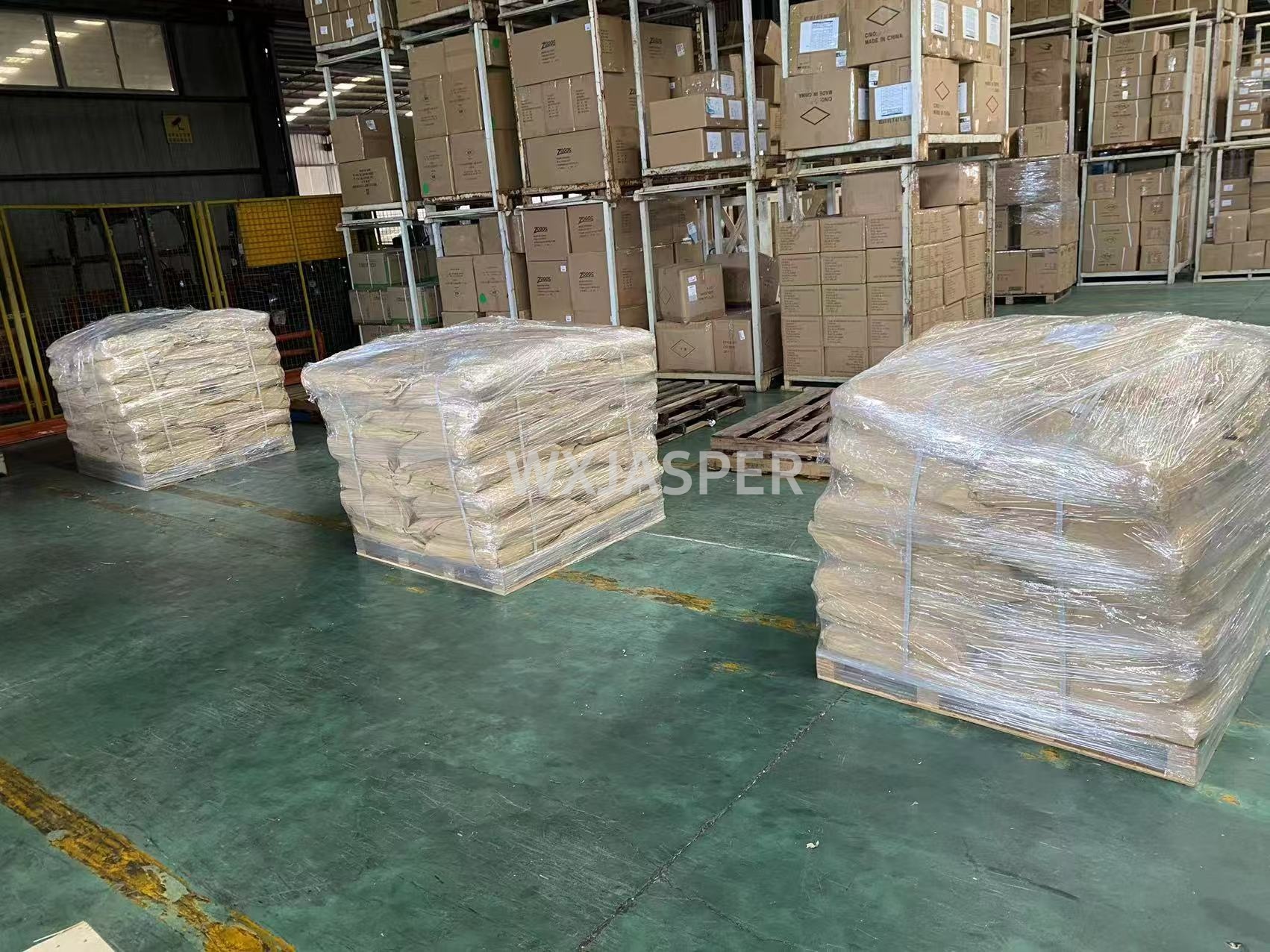Product Details
CasNo: 78214-41-2
MF: (C6H7O2(OH)3-m-n(OCH2CH(OH)CH3)m)n
Appearance: powder
Delivery Time: 15 days
Packing: 20kg/bag
Purity: 99%
Basic Information
- Chinese Name: Hydroxypropyl Cellulose
- English Name: Hydroxypropyl Cellulose (HPC)
- CAS No.: 78214-41-2
- Molecular Formula: (C6H7O2(OH)3 - m - n(OCH2CH(OH)CH3)m)n
- Appearance: White or off - white powder.
Physicochemical Properties
- Solubility: It is hardly soluble in benzene and diethyl ether at room temperature, but soluble in polar organic solvents such as water, methanol, ethanol and isopropanol. High - substitution hydroxypropyl cellulose (H - HPC) can be dissolved in water and a variety of organic solvents at room temperature, such as anhydrous methanol, ethanol, isopropanol, propylene glycol and dichloromethane, and can also be dissolved in acetone, chloroform, toluene and cellosolve. Low - substitution hydroxypropyl cellulose (L - HPC) is insoluble in water, ethanol, acetone or diethyl ether, but soluble in 10% sodium hydroxide solution.
- Particle Size: The pass rate of 100 - mesh is more than 98.5%, and that of 80 - mesh is 100%.
- Carbonization Temperature: 280 - 300℃.
- Apparent Density: 0.25 - 0.70g/cm³, usually about 0.5g/cm³.
- Specific Gravity: 1.26 - 1.31.
- Color - changing Temperature: 190 - 200℃.
- Surface Tension: 42 - 56dyn/cm (2% water solution).
- Thermoplasticity: HPC is a good thermoplastic substance with excellent film - forming property. The formed film is very tough, with good gloss and sufficient elasticity.
Classification and Characteristics
- High - substitution Hydroxypropyl Cellulose (H - HPC)
- Solution Characteristics: It can be dispersed in water to form a transparent to milky white viscous colloidal solution.
- Chemical Stability: It is chemically inert and difficult to react with other substances. It will not gel in acidic solutions and shows excellent stability in a wide range of pH values.
- Other Characteristics: It has anti - biodegradability; The concentrated solution can form a regularly oriented liquid crystal; The aqueous solution has surface - active effect, and its aqueous solution will undergo a reversible process of gelation and dissolution with the increase and decrease of temperature.
- Low - substitution Hydroxypropyl Cellulose (L - HPC)
- Compatibility Characteristics: It cannot be compatible with other high - concentration electrolytes, otherwise "salting - out" will occur. There are some incompatibilities between the dissolved L - HPC and phenolic derivatives, such as methyl and propyl p - hydroxybenzoates.
- Application Characteristics: It is mainly used as a disintegrant and binder for tablets. It is easy to be compressed into shape, with strong applicability. It can improve the hardness and the gloss of the tablet surface, and can also make the tablet disintegrate rapidly. Moreover, the disintegration degree of the tablets prepared with it will not be affected after long - term storage.
Application Fields
- Pharmaceutical Field: It is used as a film - coating material for tablets, a tablet excipient, a thickener, a binder, a disintegrant, and is also used in micro - capsules and the manufacture of ophthalmic sustained - release implants for the treatment of dry eye. High - molecular - weight specifications are suitable for the preparation of sustained - release and controlled - release preparations, and low - molecular - weight specifications are suitable for use as binders.
- Food Field: It is used as a food additive, such as an emulsifier, a stabilizer, a suspending agent, a thickener, a film - forming agent, etc., in the manufacture of beverages, pastries and jams.
- Daily Chemical Industry: It is used in the manufacture of cosmetics such as lotions, shampoos and emulsions.
- Industrial Field: It is used as a binder, thickener, film - forming agent, stabilizer, dispersant, etc., in industries such as coatings, inks, ceramics and batteries.
Packaging and Storage and Transportation
It is usually packaged in a cardboard drum lined with a polyethylene film bag, with a net weight of 25kg per drum. During storage and transportation, it should be sealed, protected from sunlight and rain, kept away from moisture, and strictly prohibited from contacting with acids and alkalis.


